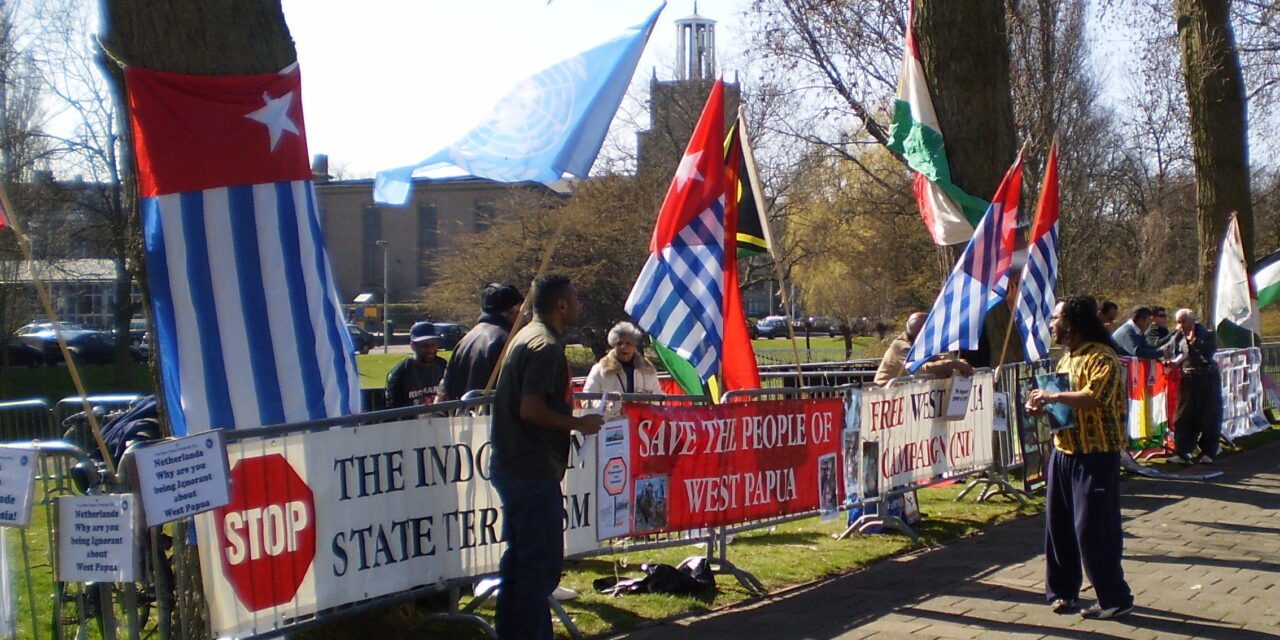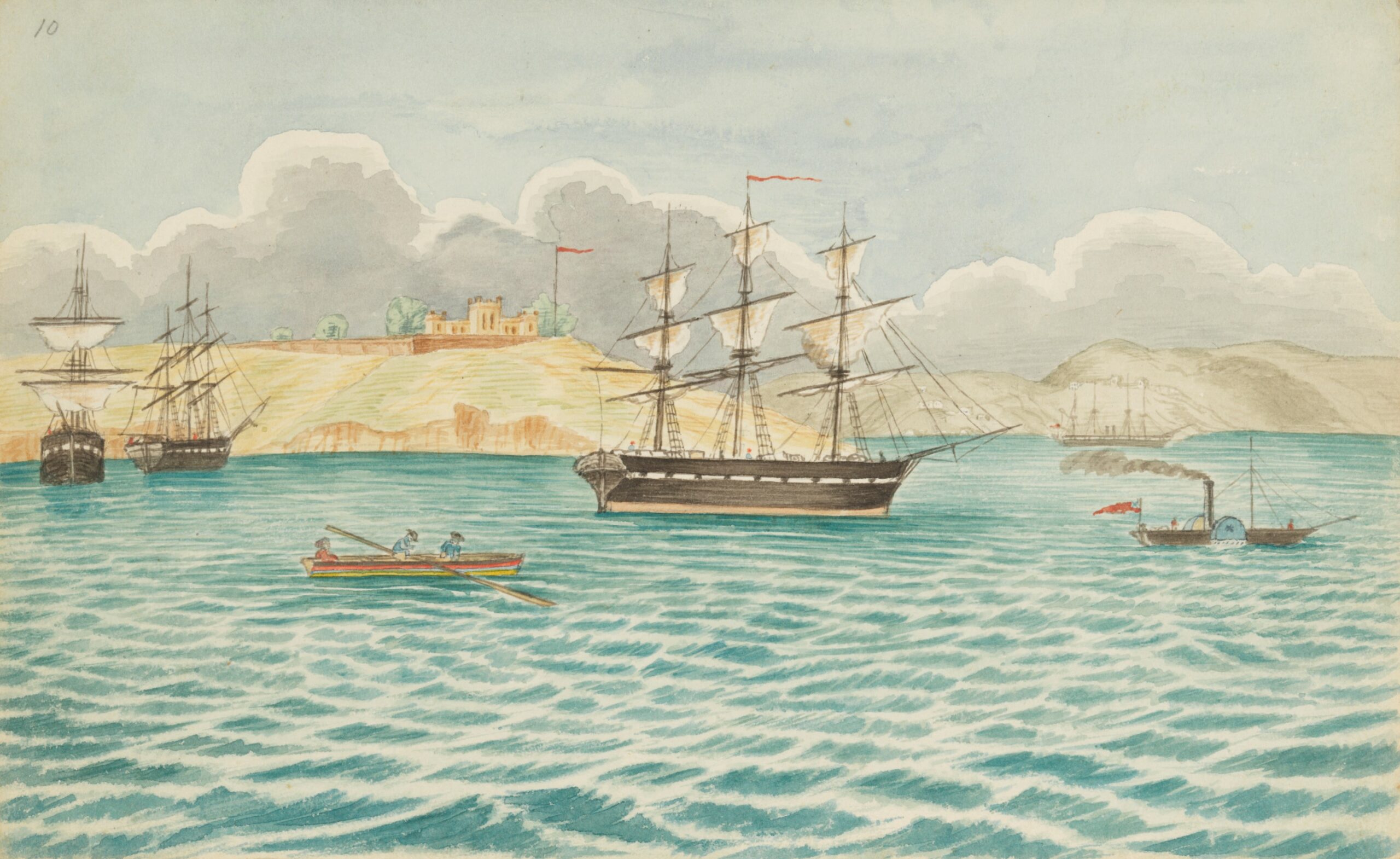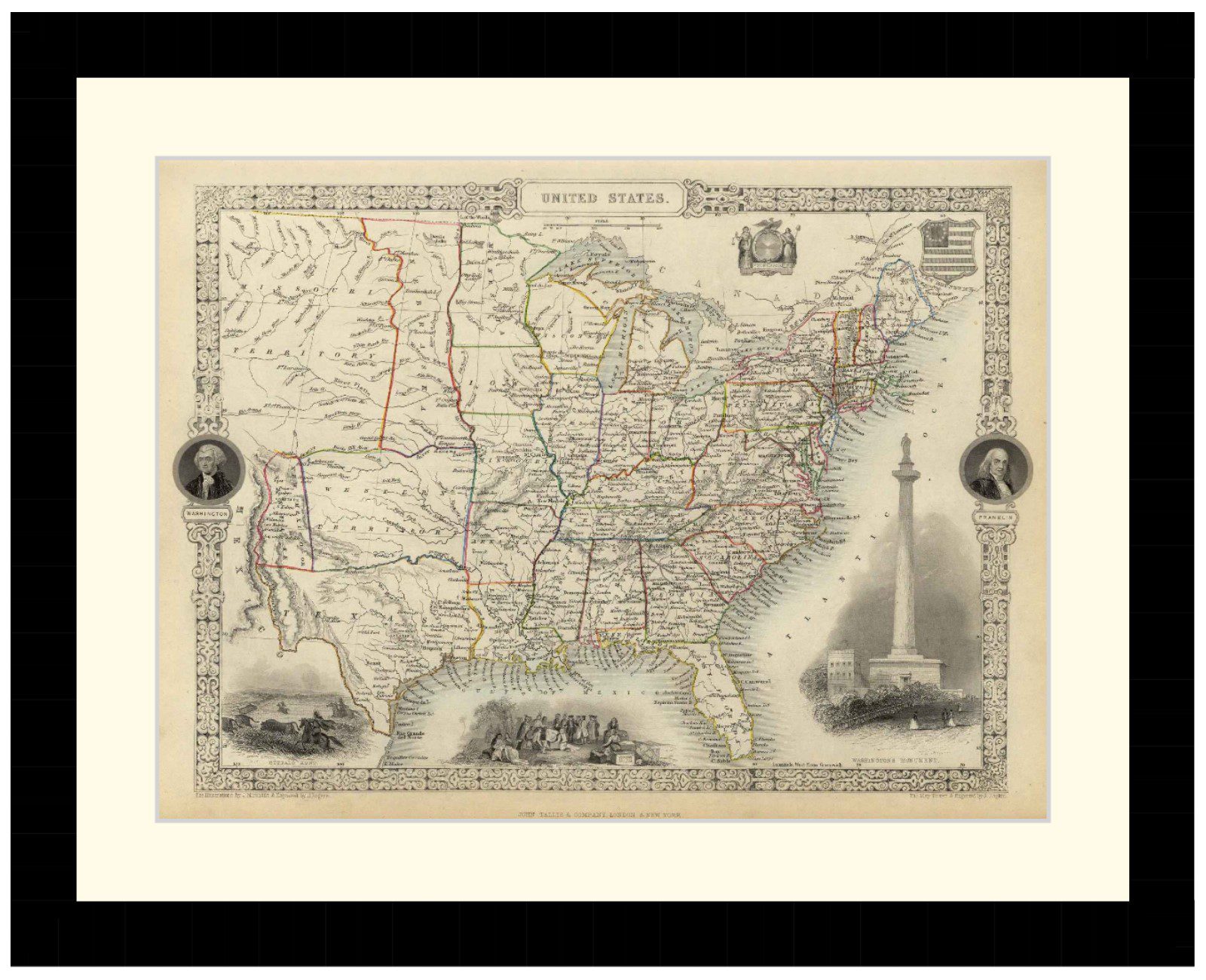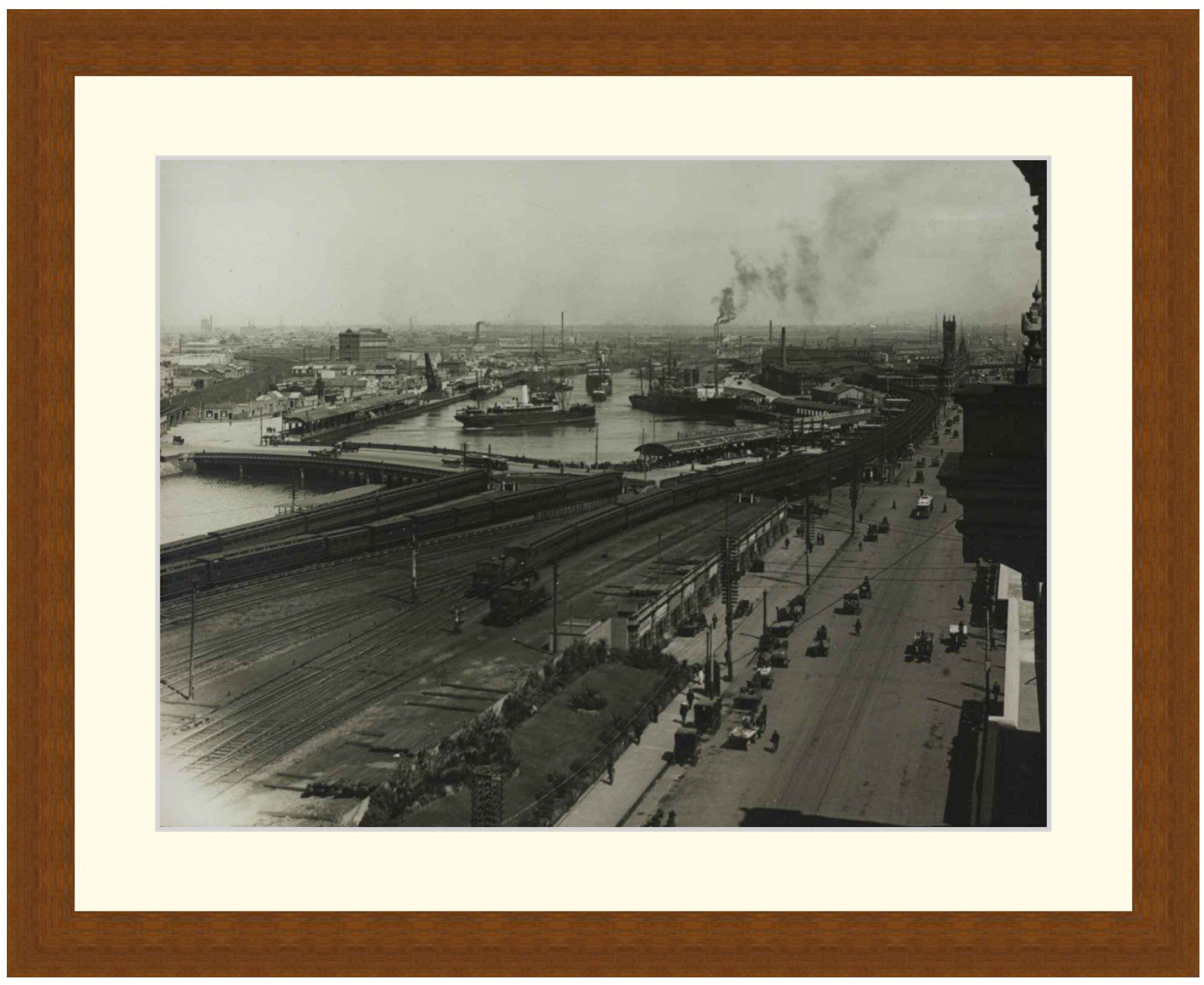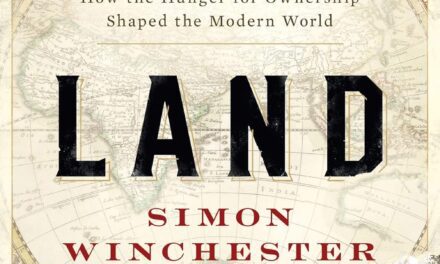Reading time: 7 minutes
Currently a province of Indonesia, West Papua is a region rich in cultural diversity and natural resources, and like many of its neighbours has a history deeply intertwined with colonialism and indigenous struggles.
Home to various tribes and peoples from as long ago as 42,000 – 48,000 years ago, West Papua has a deep history of cultural and linguistic distinctiveness stretching from the pre-European contact era to the modern-day.
The current predicament of one of Indonesia’s most unwilling provinces is indelibly marked by its history of Dutch colonial rule and the later controversial transfer of sovereignty to Indonesia in the mid-20th century.
This is the story of West Papua.
By Mark McKenzie.
Early Humanity to the Precolonial Era
With humans settling in West Papua at least 42,000 years ago, West Papua became a remote, isolated centre of advanced agriculture, with evidence of some of the earliest banana cultivation over 7,000 years ago. Following that, around 3,000 years ago the Austronesian peoples arrived, and since then West Papua has been a diverse melting pot of languages and ethnicities.
Home to around 30 different languages, West Papua has historically boasted diverse indigenous cultures without the large empires seen elsewhere in Southeast Asia, being fiercely independent (though sometimes subjugated by) the neighbouring Ternate and Tidore sultanates across the 10th – 15th Centuries, empires now known for their spice trade.
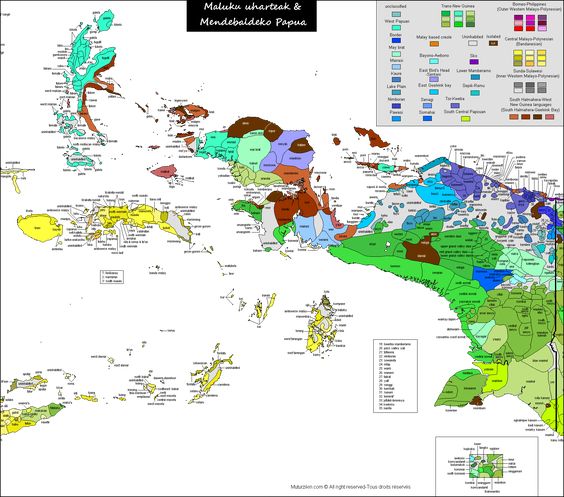
Indigenous peoples engaged in vibrant trade networks, utilising the region’s rich natural resources, exotic spices, precious woods, and unique wildlife. The term “Papua” has many different origins – some claim it comes from the Malay word “papuwah,” describing the frizzy-haired locals, while others suggest it comes from the Tidore word “Papo-Ua’” meaning “not united” i.e. that West Papua was the land with no king.
Wherever the modern name comes from, West Papua has been home to many notable communities across its history such as the Asmat and Korowai, who developed distinctive woodcarving traditions and treehouse dwellings. Art and cultural practices thrived, with diverse ethnic groups expressing themselves through intricate woodcarvings, weaving, and body ornamentation.
Dawn of the Dutch: Arrival of the Europeans
The 16th century saw the arrival of European explorers in the region, with the Dutch taking a keen interest in West Papua due to its strategic location and abundant natural resources. The Dutch East India Company (VOC) established trade connections and gradually extended its influence over the region, and by the mid-19th century, Dutch colonial rule was firmly established.
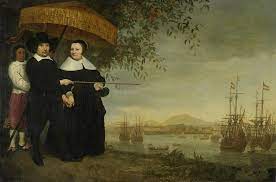
Under the Dutch administration, West Papua remained a largely neglected and isolated territory, as the Dutch focused on the practice of slavery and more resource-rich areas. The Dutch East Indies, comprising present-day Indonesia, was the primary focus of colonial attention, leaving West Papua on the periphery.
This isolation allowed indigenous cultures to persist, largely untouched by external influences. That is, until the end of the second world war.
World War II and the Beginning of Indonesia
World War II brought a dramatic shift to the region. Japanese forces occupied Dutch Indonesia, including West Papua, during the war, until the area was recaptured by the Allies in 1944. The post-war period saw a weakened Dutch colonial empire, with growing global pressure for decolonization.
While Indonesia rushed to claim independence in 1945, as soon as the Japanese surrendered, the Netherlands (and British-allied troops) resisted, leading to a four-year struggle for Indonesian independence.
Alongside colonial interests, one of the reasons the Dutch initially opposed Indonesian independence was because of the huge ethnic and cultural divide between the main islands of Indonesia and the surrounding smaller islands, such as West Papua. This is partly the reason that during the Dutch-Indonesian Round Table Conference in 1949 in which Indonesia officially gained independence, West Papua remained under Dutch administration.
This marked the beginning of a complex and contested period in the region’s history.
West Papua’s Early Struggle for Independence
In the aftermath of the Round Table Conference, West Papuans began expressing their aspirations for self-determination, and the Dutch also began preparing the territory for self-governance. Across the 1950s a new nationalist identity solidified, leading to the establishment of the New Guinea Council, a representative body for West Papuans.
In 1961, the West Papuan people officially declared themselves independent and raised their new national flag the Morning Star.

However, as the Cold War intensified, geopolitical considerations overshadowed the quest for independence.
The 1960s: Cold War Politics and the Controversial Act of Free Choice
Almost as soon as West Papua declared independence, Indonesian forces began to invade parts of the island, and by 1962 over 3,000 Indonesian soldiers had landed on the island, though most were captured by Dutch authorities. The Indonesians appealed to the international community for support, in particular the USSR.
Concerned about the spread of communism in the region, the United States and other Western powers supported Indonesia and pushed for a swift resolution to the conflict in order to prevent Indonesia from receiving support from the USSR and falling into the communist camp.
The New York Agreement of 1962 brokered by the United Nations agreed that West Papua would be governed by a UN peacekeeping force for one year, after which it would be incorporated into Indonesia.
The New York Agreement did, however, guarantee the West Papuans the right to self-determination via an election under UN and Indonesian supervision.
The Act of “No” Choice
The Act of Free Choice, colloquially referred to by many West Papuans as “The Act of No Choice” was held in 1969, and was intended to be a mechanism for West Papuans to express their political will regarding integration with Indonesia.
However, the process was marred by allegations of coercion and manipulation. Instead of a proper referendum and a full vote, the Indonesian government handpicked a group of around 1,025 West Papuan representatives, threatened them and coerced them into unanimously voting for integration with Indonesia.
Despite many international calls of injustice, the UN ratified the vote, and the world saw West Papua “officially” recognised as a province of Indonesia.
Indonesian Rule and Ongoing Struggles:
Since the controversial annexation, West Papua has been subject to Indonesian rule. The integration was met with widespread resistance from the indigenous population, leading to decades of human rights abuses, cultural suppression, and economic exploitation. The Free Papua Movement (OPM) emerged as a resistance force, advocating for independence and challenging Indonesian authority.
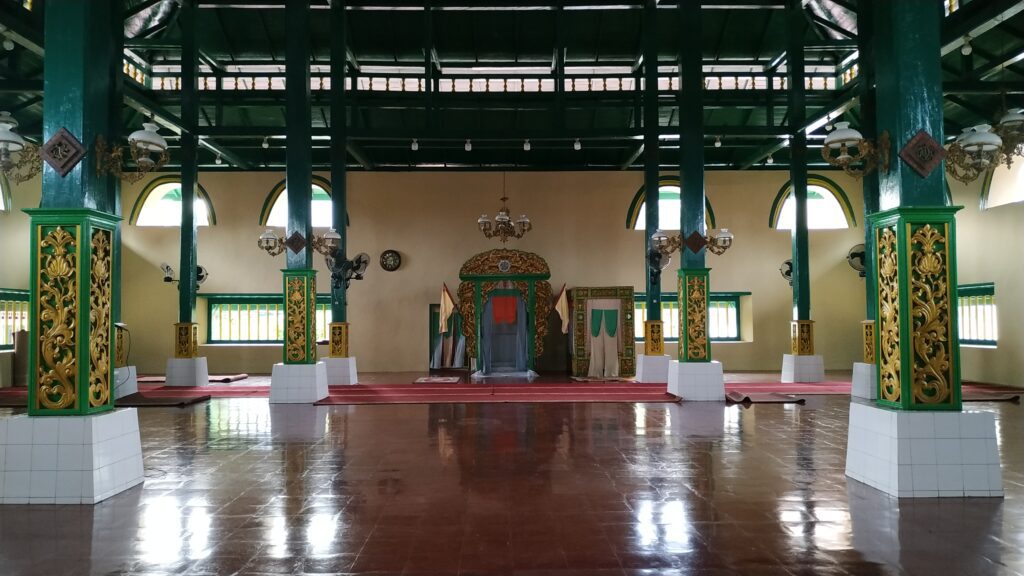
The Indonesian government responded to the resistance with military force, exacerbating tensions and contributing to a cycle of violence and unrest. Reports of human rights violations, including extrajudicial killings and the suppression of political dissent, have raised international concerns about the situation in West Papua.
What Now?
Internationally, efforts to address the situation in West Papua have been challenging. While some countries and organisations have raised concerns about human rights abuses and called for a peaceful resolution, Indonesia maintains a stance of non-interference in its internal affairs, hindering outside scrutiny.
The struggle for self-determination in West Papua continues to this day. Indigenous voices, both within and outside the region, call for genuine dialogue, recognition of human rights, and the opportunity for West Papuans to determine their own future. In 2016, a group of West Papuan nationalist advocates, joined by other Pacific nation leaders, met in Westminster, London to campaign for an internationally supervised referendum for the region.
The future of West Papua remains uncertain, and for one of the world’s most ethnically and linguistically diverse regions, it is clear that a long history of colonialism, both from Europeans and local powers, has deeply affected the current predicament of West Papua.
Podcasts about West Papua
Articles you may also like

Life and death in Hong Kong during the Second World War
Reading time: 9 minutes
On 8 December 1941, the day after the attack on Pearl Harbor, Japanese forces launched an all-out assault on Hong Kong, then a British colony. Following 18 days of brutal fighting, the defending troops surrendered and Hong Kong fell. The Japanese military occupation began.
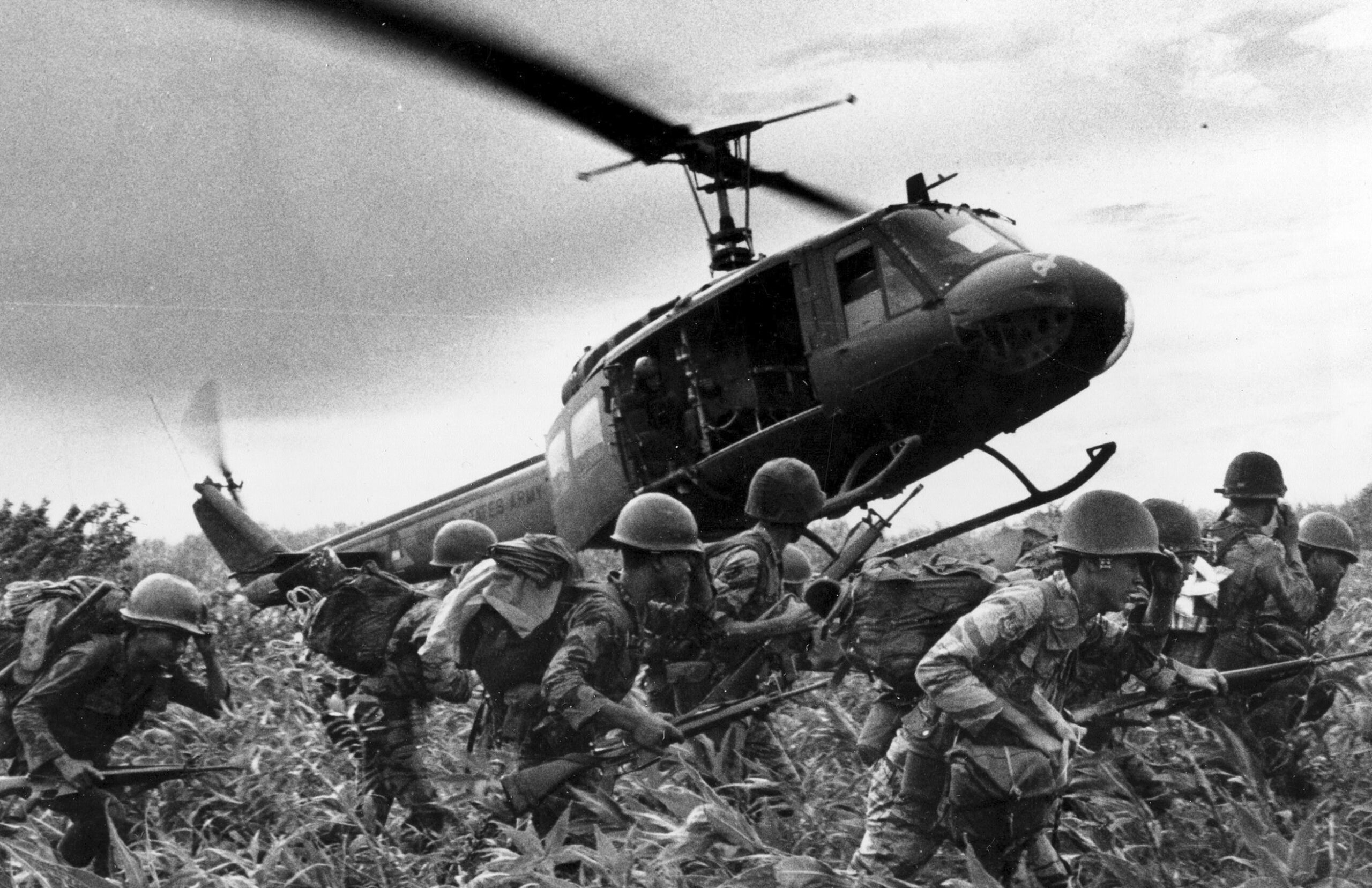
Vietnam: The Advisory Years to 1965 – Audiobook
VIETNAM: THE ADVISORY YEARS TO 1965 – AUDIOBOOK By Robert Futrell (1917 – 1999) This book explains the policy of the United States and France toward Vietnam beginning after World War II until the beginning of America’s entry into the Vietnam War in 1965. Please leave this field emptyTell me about New Quizzes and Articles Get […]
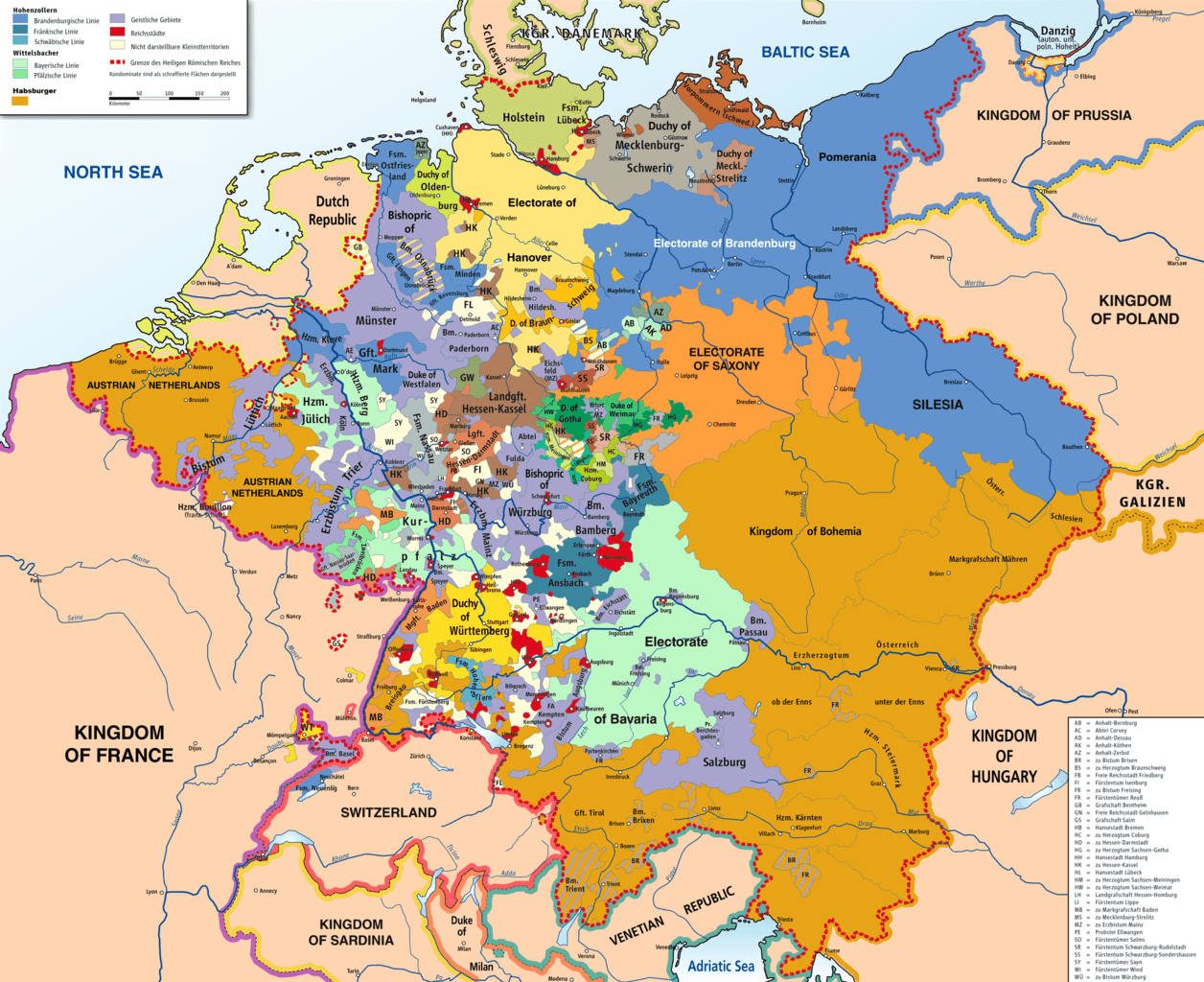
General History Quiz 164
1. In the years leading up to 1871 how many states were unified to become the modern country of Germany?
Try the full 10 question quiz.
The text of this article was commissioned by History Guild as part of our work to improve historical literacy. If you would like to reproduce it please get in touch via this form.

